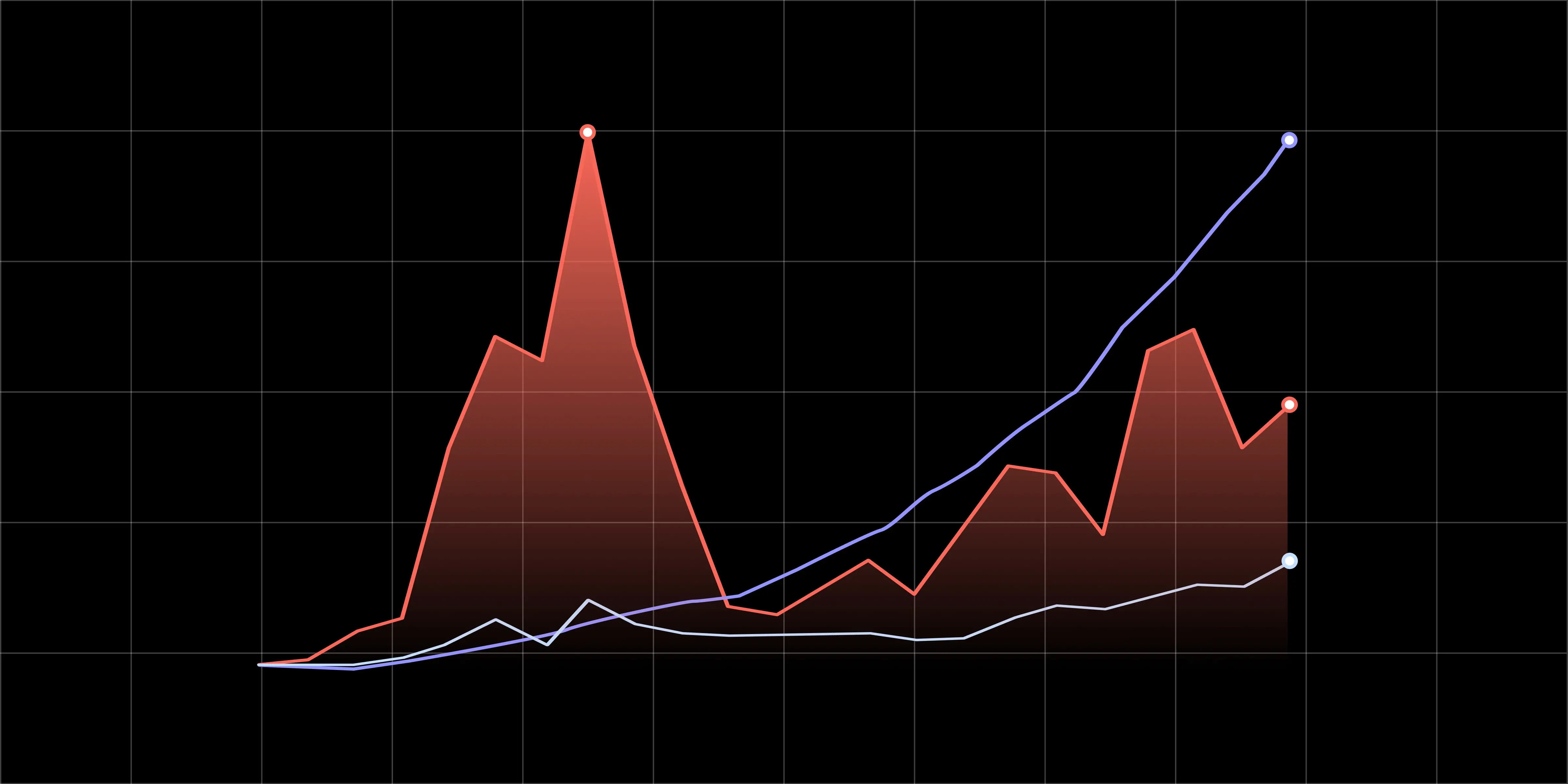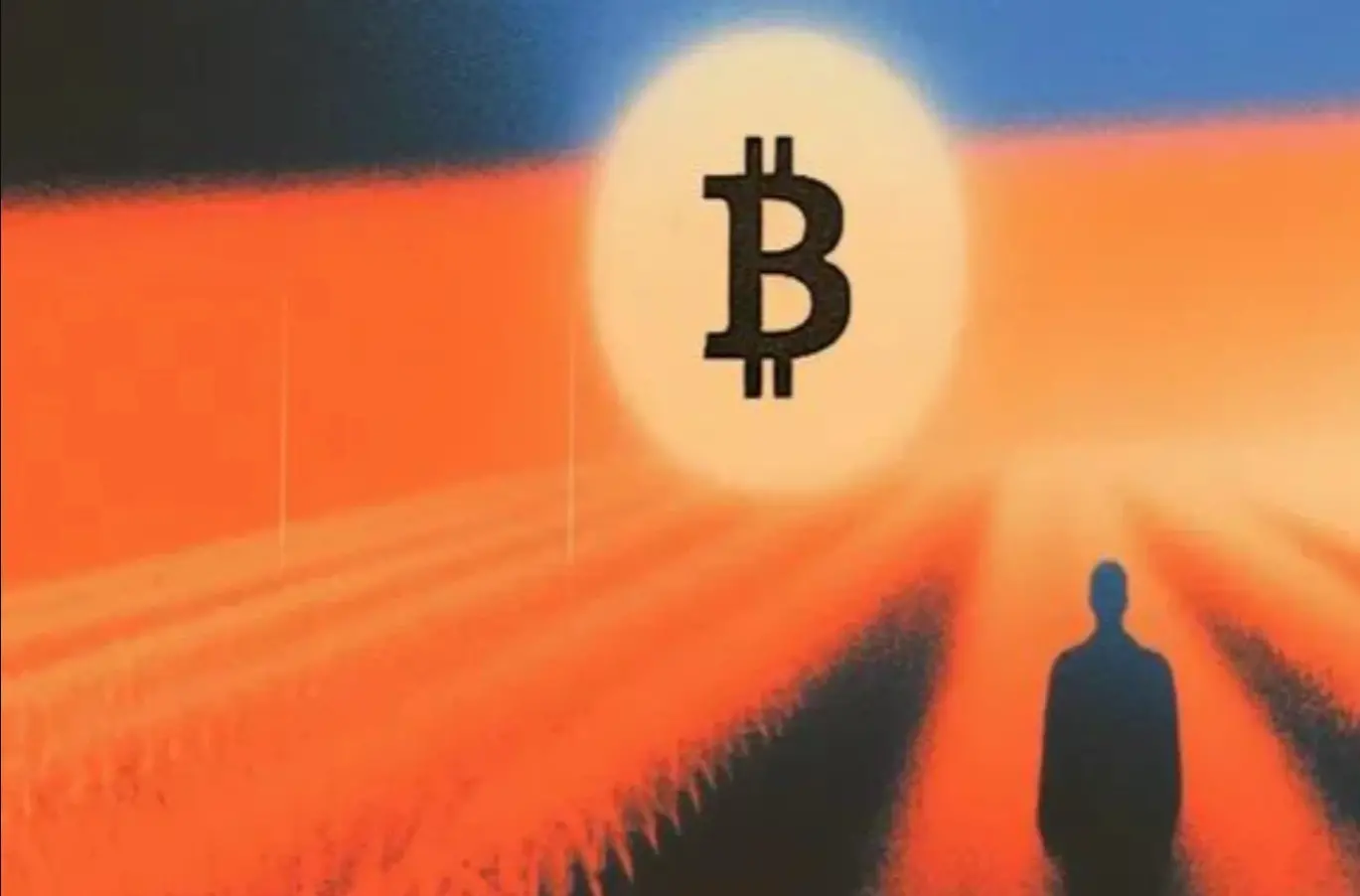The End of Fragmentation: Ethereum is Moving Towards a More Cohesive Future
Author: Prince
Translation: Block unicorn
Original Title: The End of Fragmentation: Towards a Coherent Ethereum
Ethereum's original vision was a permissionless, infinitely open platform where anyone with an idea could participate. Its principle was simple: one world computer, sharing a global state view. The value of Ethereum lies in the fact that anyone can build useful applications, and every application is interconnected.
As Ethereum has evolved, its scaling roadmap has brought both new opportunities and challenges. New closed ecosystems have begun to emerge.
Entrepreneurs pursue higher performance or seek effective ways to make their products stand out. For some developers, the simplest way to achieve their goals is to create their own blockchain ecosystem. This ecosystem expands in almost every possible direction: new blockchains are launched (horizontal growth), and rollups are introduced to scale the base layer (vertical growth). Other teams choose to build their own dedicated execution and consensus layers (application-specific blockchains) to meet project needs.
Each expansion, viewed individually, is a reasonable decision. But from a broader perspective, this continuous expansion has begun to shake the belief that Ethereum will one day become the "world computer." Today, the same assets exist on multiple platforms and in various forms. The same exchanges or lending markets appear on every chain.
The permissionless feature still exists, but coordination mechanisms are starting to disappear. As state, assets, liquidity, and applications become increasingly fragmented, the once infinite garden is starting to resemble a complex maze.
The True Cost of Fragmentation
Fragmentation not only creates technical barriers, but also changes how developers feel when choosing where to build applications.
The products delivered by each team work as expected. But as fragmentation intensifies, these teams are forced to migrate the same applications to other chains to retain existing users. Each new deployment seems like progress, but for most developers, it feels like starting from scratch. Liquidity gradually drains away, and users follow suit.
Ethereum continues to grow, but it is gradually losing its community cohesion. Although the ecosystem remains active and continues to expand, individual interests are beginning to outweigh coordination and connection. This infinite garden is starting to show signs of overgrowth and neglect.
No one has done anything wrong. Everyone follows the incentives. Over time, only fatigue remains. Permissionlessness has brought abundance, yet within that abundance, the center that once held everything together is starting to loosen.
The Return of Coherence
MegaETH represents Ethereum's first real opportunity to expand block space supply within a single execution environment to meet demand. Today, the L2 block space market has become crowded. Most projects are competing for the same group of users, yet offering largely similar block space. Throughput bottlenecks still exist, and high activity on a single sequencer artificially drives up transaction costs. Despite significant technological progress, only a few scaling solutions have truly improved the experience for users and developers.
MegaETH aims to change this. It is one of the closest attempts yet to realizing Ethereum's original vision—building the world computer. By providing an execution environment with latency below 10 milliseconds, a gigagas limit, and ultra-low transaction costs, the MegaETH team is striving to achieve the world computer vision. All data is processed on a single shared state (privacy issues aside for now) and executed in real time, which should be the guiding light for our industry and the only real way we can compete with Web 2.0.
As a founder building on MegaETH, what impresses me most is not the speed or millisecond-level latency, but that after so many years, all Ethereum-based applications can finally connect and stay in sync, at low cost and with minimal wait times. When all contracts and transactions exist within the same state machine, complex coordination becomes simple again. Developers no longer need to battle latency or spend time optimizing contracts for gas efficiency; users no longer need to worry about which "version" of the network they are transacting on.
This is what MegaETH means by "Big Sequencer Energy": Ethereum has a high-performance execution layer built for real-time applications. For the first time in years, users can build applications in the Ethereum execution environment without worrying about where users are located. All users can once again share the same execution environment, enabling latency-sensitive applications such as high-frequency trading, on-chain order books, real-time lending, and fully on-chain multiplayer games—all of which are currently impossible under Ethereum's resource constraints.
Enter: MegaMafia
In the context of MegaETH, those who have experienced fragmentation are starting to build again. We all know what we lost when everything fell apart. Now, the system can finally stay in sync, and it feels like moving forward rather than sideways.
Each team is working at different layers: trading, credit, infrastructure, gaming, and more. But their goal is the same: to make Ethereum a unified whole again. MegaETH provides this opportunity, and MegaMafia gives it shape.
The focus now is no longer on deploying more of the same applications, but on rebuilding the infrastructure so that the parts that already work well can finally work together.
Avon's Role in World Computing
Avon brings the same philosophy to the credit market.
Among all DeFi categories, lending has been most severely affected by fragmentation. Each protocol runs a different version of the same idea. Each market has its own liquidity, rules, and risks.
Anyone who has used these markets knows the feeling. You check interest rates on one app, then compare with another, and still don't know which is more trustworthy. Liquidity stagnates because it can't flow between different protocols.
Avon introduces a coordination layer instead of deploying another liquidity pool. Its order book connects different strategies (independent markets), allowing them to respond to each other in real time. You can think of it as many liquidity pools connected by a shared layer (the order book). When one side changes, the others can sense it. Over time, the lending market will once again operate as a single interconnected market. Liquidity will flow to where the most competitive conditions are. Borrowers will get the most competitive rates possible.
Coordination is not just about optimizing rates or control. More importantly, it provides a unified perspective for loans during market volatility.
Towards a Coherent Ethereum
Ethereum doesn't need another chain. It needs a center where people gather and maintain Ethereum.
MegaETH provides the trading venue. MegaMafia will provide trading momentum. Avon will provide the coordination layer to allow capital to flow within the system.
For the past few years, Ethereum has been facing the problem of fragmentation; we believe MegaETH will drive Ethereum to realize the vision of the world computer and reach unprecedented scale.
As Ethereum begins to regain its rhythm, MegaETH will ensure that builders can do so at nearly infinite scale.
Disclaimer: The content of this article solely reflects the author's opinion and does not represent the platform in any capacity. This article is not intended to serve as a reference for making investment decisions.
You may also like
The $653 million Bitcoin gamble falls flat: Trump's crypto mentor's Wall Street "debut" ends in disappointment
A "Saving Private Ryan-style" bet by a Bitcoin evangelist.

Behind Polymarket’s $2 billion splurge: The New York Stock Exchange’s self-rescue campaign
The New York Stock Exchange's self-rescue initiative essentially redefines the business model of traditional exchanges. With the loss of the IPO market, declining trading volumes, and sluggish growth in data services, the traditional profit models of exchanges can no longer sustain their competitiveness.

Under brutal harvesting, who is looking forward to the next COAI?
From MYX to COAI, the so-called myths of tenfold or hundredfold returns are nothing more than a quicker exit route under the spotlight of Binance Alpha.

Top 5 Cryptocurrency Predictions for 2026: Crossing Cycles and Breaking Boundaries
End of the four-year cycle: Five major disruptive trends in cryptocurrency by 2026.

